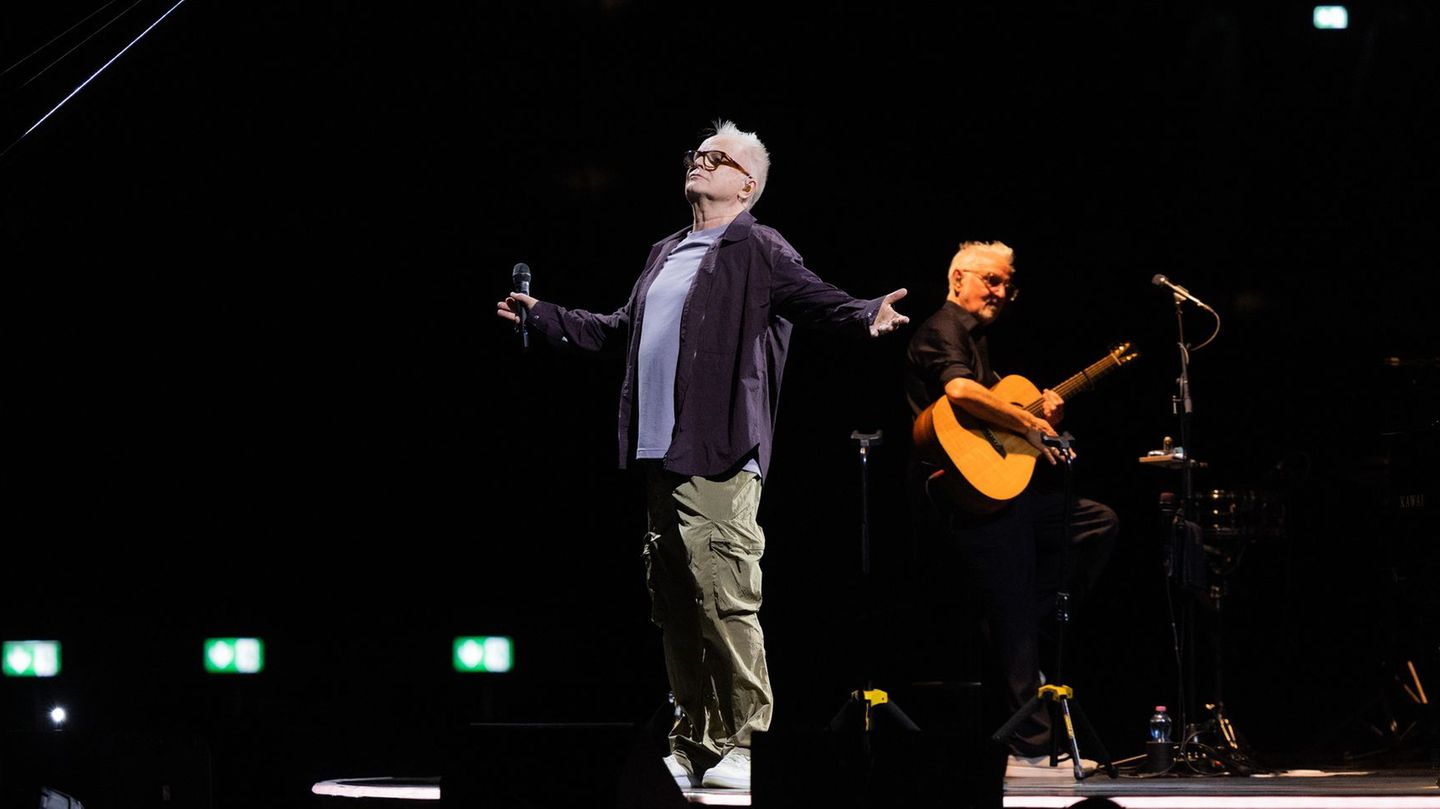In 1991, a businessman obtained the concession to establish a nautical mall and a hotel with parking for yachts. He immediately began the works and developed a refulado (elevation of the land with sand) up to 7 meters.
The works advanced thinking that the river would never reach that height, but in 1992 a historic flood raised the water level to 7.60 meters, and the project was abandoned.
Three years later, the city granted power to the environmental association “A Ñangarecó Nderejhe” (Let’s take care of what belongs to everyone, in Guaraní), which dedicated itself to caring for and preserving the islet, although without developing anything until 2022.
After several months of meetings between the municipality, associations, environmentalists and people with knowledge of the river and the island, the works began at the beginning of that year and ended in April.
The tour does not need reservations, it can be done on Fridays, Saturdays and Sundays from 9 a.m. to 6 p.m., and has a cost that currently varies between 1,600 and 2,000 pesos, including admission and the ticket for the boats that leave from the city.
During the week, the visits are intended for special contingents such as companies from the country and from neighbors such as Bolivia and Uruguay, and for schools in Paraná, nearby cities and even in other provinces.
Every day, between 80 and 100 students arrive, while on long weekends like Easter, about 800 people get to know the islet and enjoy special activities and gastronomic tours.
After navigating for just over 1 minute with wonderful views from the water, the boats arrive at the gangways that are manually cared for with linseed oil, have no polluting materials, adapt to the environment and have, for example, trees on the half.
The tour is in charge of the Association, which also works to prevent the destruction of the Islet; its cleanliness; and investigates the behavior of the river, flora and fauna.
The walk and the viewpoints at strategic points are oriented to learn about the ecoregion, its biodiversity, landscapes and wealth, and to enjoy the natural tranquility.
Whistling ducks, jararás and snakes of various types, the overo lizard, weasels, iguanas, water and lagoon turtles, capybaras, royal calves, woodpeckers, caráus, chajá and biguá, among others, coexist on the islet.
However, the specimens are elusive and hide very well in the heights and under the vegetation, and are rarely seen.
It is also full of willows, ceibos in flower, Dragon’s blood, giant nettles, cambará, white timbó, river potatoes, with the particularity that each plant was carried there by the river and the animals.
Halfway up, a rest area with trunks turned into benches invites you to share a mate, a look or a silence with the river that runs and with the hundreds of species of birds and their sounds.
A whole set of attractions, with guides and information in every corner, which seek to promote education and preserve the natural and cultural heritage, encouraging actions in each visitor.
It is an “educational, touristic, awareness-raising and contact with nature” activity, the General Secretary of the Paraná Municipality, Nicolás Parera, told Télam.
The current route ends in a lagoon that works as a home for fish that lay their eggs there, so that until they are larvae they feed during their growth and are protected from predators.
A few meters away, with a large homemade wooden tripod, the columns of what will be a two-story interpretation center that will have an interactive museum of flora and fauna, another of native cultures, and a permanent research space where Universities and the Conicet will participate.
Always with wood, without using cement, with non-polluting materials and solar panels, the building will be connected to another space that will have dorms and a classroom, which can be unified into a large space for contingents of researchers and students.
In this sector, schools and visitors will have a “more comprehensive view of the island and they will be able to interact with what they are seeing on the island through technologies and screens,” explained Parera.
Of the entire Islet, divided into red, yellow, and green zones according to intervention capacity, only 0.2% will be modified with construction.
The project allows “to value the riverside landscape, raise awareness about its importance and care and add a new space to enjoy after many years,” said the mayor, Adán Bahl.
“It is not just about a new tourism product, but also about taking care of what is ours and becoming aware of the importance of what we have,” he said.
As part of the “River, Nature and Adventure” product and the “Paraná Brand”, in which different sectors work to care for the environment and develop tourism, the local Gastronomic Hotel Business Association (AEHG) sponsors the island with various contributions.
But the main matrix is that “all Paranaenses and visitors are part of and get involved in this project,” said Parera, so sponsorship was launched so that everyone who wants to can contribute a sum of 300 pesos.
“The idea is that many people bank this project more than a great sponsor so that this natural tourist jewel transcends efforts, because something was recovered where there was nothing and it has to be maintained, whoever is in the Municipality”, he completed in dialogue with Télam .
Likewise, in the coming weeks a volunteer will be enabled to collaborate in the work of the second stage of works, which awaits provincial funds to continue the construction of the Center and follow the walkways until reaching 800 meters.
Source: Ambito
I am an author and journalist who has worked in the entertainment industry for over a decade. I currently work as a news editor at a major news website, and my focus is on covering the latest trends in entertainment. I also write occasional pieces for other outlets, and have authored two books about the entertainment industry.




